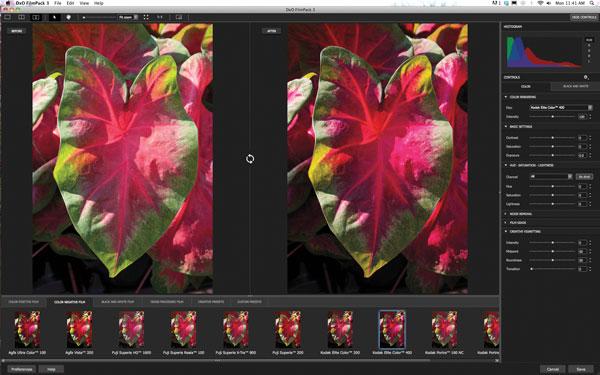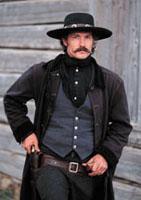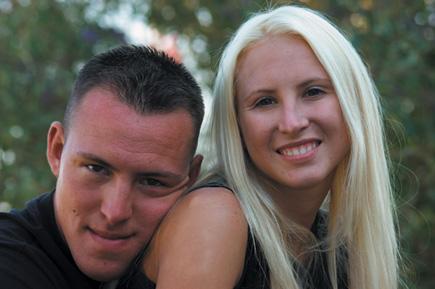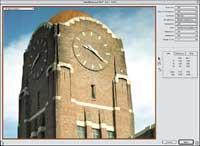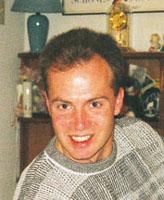Digital Darkroom
Sort By: Post DateTitle Publish Date
|
Apr 01, 2006
|
Aug 05, 2014
|
Jun 24, 2015
|
Mar 01, 1999
|
Oct 01, 1999
|
Jul 01, 1999
|
Oct 01, 2005
|
Mar 01, 2005
|
Apr 01, 2002
|
Oct 01, 2000



